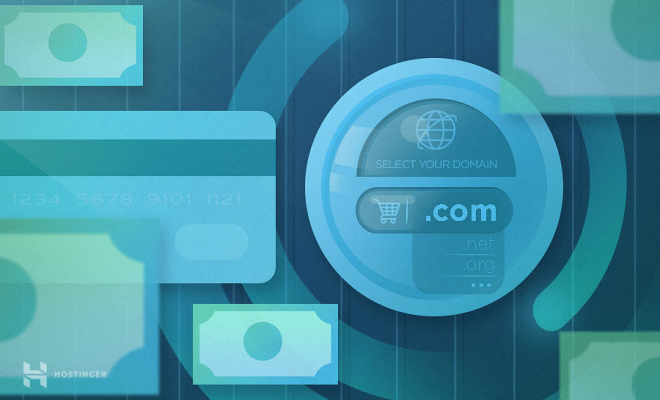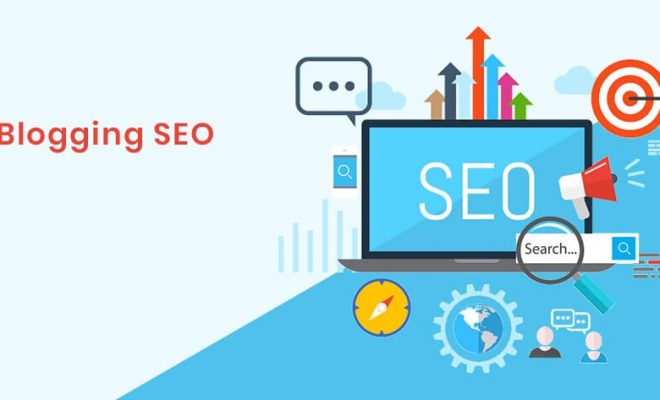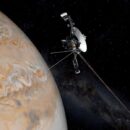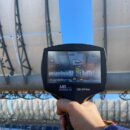Everything that you need to know about smart farming in 2022

The growth of the Internet of Things has started a new era for smart farming. Given the number of sensors and their functions, it is very difficult to define the concept of smart farming. In this report, Gartner defines smart farming based on the importance of underlying end-to-end systems: “Smart Farming is an umbrella term that embraces autonomous vehicles, robots and algorithms that help increase farm yield, business profits and optimize resources.” In this report, you will find out how things are connected and how they interact with each other, how different technologies such as big data analytics, the cloud, and cognitive technology can help improve your farm, who are involved in smart farming, what are the next steps, and by when they can be realized.
This report provides a detailed overview of the essential elements of smart farming: IoT Solutions, Web-based services and applications, Digital agriculture, and precision agriculture. Global leading vendors are providing multiple complementary IoT solutions that are transforming agriculture all across the world. Technologies like satellite imagery, drones, AI, and robots have become staples of what is considered to be futuristic technology.
The $2.5 trillion agriculture industry will be reimagined in 2022 with the help of a variety of technologies. This report covers the implications of smart farming in greater depth, with a focus on factors like the use of IoT and fog computing for real-time, big data collection to collect critical information about soil quality. Other topics include open-source hardware and virtual reality sales tools as well as 3D-printing farms.
For many years, smart farming was a buzzword. Sometimes it meant data and very little else. But as technology has become more powerful, smart farming in 2022 is very real.
This mission article describes the challenges of smart (or precision) farming and how it enables farmers to be more productive while also decreasing their environmental footprint. As the technology matures, farmers will be able to monitor crops, livestock, and soil in real-time. Other topics include Crop protection, monitoring and actuators, Sensors and signaling.
This report analyzes the growing opportunity that smart farming is providing to companies that develop applications and provide platforms and technologies, particularly in the newly-emerging markets of Israel, Australia, Argentina, Brazil, and Ukraine, setting out key trends at the intersection of agriculture and technology. We look in detail at the various technologies involved in smart farming — including new sensors, networks, robotics, and cloud-based software — and assess their ability to transform farming in terms of efficiency of production, quality of products, and sustainability. The world is facing tough challenges and risks when the populations are growing rapidly. Smart farming may be the solution to the problem of feeding all people in the world with a lower impact on the environment. But how does that work, what are smart farming techniques, and how can we solve problems like food waste through smart farming?
Smart farming is smarter and more efficient, with smart solutions activated to manage resources effectively. These solutions are applied to manage the entire farm ecosystem, from soil fertility management to crop planning and marketing. The report offers detailed insights into how big data is used to identify the best practices for a particular farm by analyzing the soil, climate, and field conditions. To best help farmers today, we must first future-proof what smart farming systems might look like in 2022. From solutions for climate change to precision agriculture tools and new thinking about how data can be used, the ideas in this paper represent another step toward this future.
Considering the growth potential of the India Agriculture sector and the growing interest of the farmers in adopting technology in farming, there has been a lot of investment by multiple  . As the world becomes more and more technologically focused and interconnected, all aspects of life are affected. As a result, society is demanding greater accountability from all of its industries, including agriculture. Technological advancements in agriculture can offer benefits to farmers in a variety of ways: increased safety, increased crop yield, new and increasing markets for their products, greater availability of resources, and sustainability.
In 2022, the farm of the future will be connected to the internet of things. Farmers will have IoT solutions to solve every problem in their farms. This eBook takes you through each step from setting up an IoT-enabled small farm. As discussed in the first book, it is the shortcut of the Internet Of Things. The term “Internet Of Things” mainly refers to the interconnection between different objects to achieve information interaction with each other and ultimately achieve information connection using a network. To understand this concept better, let’s take the example of a smart farming field.
We provide professional growers and agriculture support organizations with best practices, proven techniques, and education on how to leverage the IoT to increase yields, reduce costs, improve safety and quality. We deliver these through several programs including speaker events and workshops, online courses for self-paced learning, one-to-one coaching sessions, executive training, and webinars. Smart farming is to bring mechanization, information science, and management together in the farming process. In 2022, it will be applied on a larger scale (15 billion USD) and to more areas of smart farming with the help of new technology.
Everything you need to know about smart farming. This is an ebook that focuses on the five I’s of smart farming. You will discover what smart farming is, you will get a practical roadmap to implementing smart farming, you will learn the five key components that go into implementation, and finally you will get access to five case studies of people who have implemented all or part of the roadmap. This publication is a guide for farmers and others who have an interest in smart agriculture, agriculture that is supported by data and analytics capture. It provides an overview of smart farming; it describes the current situation and regulatory context; it gives the rationale and the expected impact of smart farming to create a positive farm efficiency.
For a better insight into farmer needs, the Bosch Group’s IoT specialists and thematic experts surveyed more than 1,000 farmers to learn about their most pressing issues. From the dominant role played by fertilizer in farms to the importance of risk management for farmers, many insights were gained. Farming can be overwhelming in modern times with communication tech that sees farmers interacting with farms. In 2022, it’s expected that global food demand will be 60% higher than in 2006. Farmers won’t be able to rely on traditional practices to feed a growing population, and they’ll need every possible tool at their disposal. They also will be more likely to adopt more sustainable practices.












